A roving is a filament yarn made up of many individual continuous fibers that usually lie side by side without twisting. This maximal alignment allows rovings to achieve extremely good and directed force flows, making them ideal partners in the field of fiber-reinforced composites when it comes to maximum mechanical strength.
The following section will therefore take a closer look at this class of reinforcement, particularly roving fabric made from E-glass, as this fiber type is predominantly used.
Roving
Since rovings are made of continuous fibers, they are only available as synthetic fibers. Roving yarns are characterized by the number and fineness of the fabric. The number is often given in multiples of thousands, abbreviated as “k,” especially for fine fibers like carbon fibers. The fineness is measured in grams per 1000 meters of filament, known as “tex.”
E-glass rovings are more like coarse reinforcements. The individual filaments have diameters ranging from 13µm to 24µm, making them significantly larger than filaments for fine glass fabrics. The yarns are measured in threads per centimeter, with typical values ranging between 1.5 and 5 threads per centimeter and areal weights between 300 and 800 g/m².
Due to the higher areal weights and overall stronger filaments, and consequently thicker fabrics, these rovings can also be used to produce thick laminates with fewer fabric layers. This saves time and thus costs.
Manufacture of Rovings
The manufacture of rovings involves several steps, starting with fiber production. The fibers are drawn from materials such as glass or carbon and then combined into rovings. During this process, the rovings can be coated or treated to enhance their properties and facilitate processing.
Roving Fabric
The most common fabric bindings with roving yarns are plain weave and twill weave. Satin weaves are also possible but less common. Roving is also frequently used in unidirectional applications, where the reinforcement effect is maximized in one direction. However, processing is significantly more complex in unidirectional applications. Therefore, the effort must be justified by the benefit. Often, the decision is made against a unidirectional binding. Roving fabrics with many bends in the yarn, such as leno weave, are very complex to manufacture and are therefore not used industrially.
Application Examples of Roving Fabric
Roving fabrics find wide application in various industries. In boat building, they are appreciated for their high strength and resistance to moisture. In aerospace, they are used to reduce the weight of aircraft while maintaining structural integrity. Roving fabrics are also used in the automotive industry to improve the performance and safety of vehicles.
They are used in thermal insulation materials because thick laminates can be produced with just a few layers, and laminates based on roving fabrics are also used for ballistic protection.






